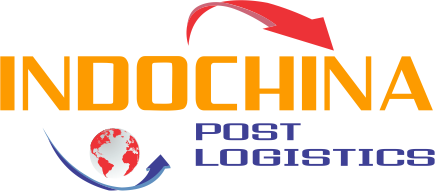Vietnam’s logistics industry is currently confronted with a number of challenges, including a lack of qualified labor, unfavorable institutions and policies, complicated administrative procedures, and high logistics costs.
Contents
Challenges
For starters, infrastructure is the most difficult challenge for logistics companies. Currently, commercial, transportation, and information technology infrastructures are all weak and inconsistent, posing numerous challenges to multimodal transportation services. Furthermore, Vietnam’s logistics costs are significantly higher than those of other countries. The construction of warehouses and depots in three regions, as well as the system of warehouses, wharves, and roads, is still in its early stages and is insufficient to meet domestic demand, particularly E-Logistics demand.
Furthermore, Vietnam’s logistics human resources are not only insufficient in quantity but also in quality, particularly highly qualified human resources at the managerial level and logistics specialists who are knowledgeable about national laws and have the ability to apply and deploy them in the tasks assigned to them. Up to 93-95 percent of workers in domestic businesses are not professionally trained, and the majority are only in charge of small supply chain links such as forwarding, warehousing, and bill of lading processing, among other things. This has a significant impact on both the service quality and the company’s profits.
Furthermore, despite the fact that the government has implemented many ground-breaking policies to support and create favorable conditions for the development of the transportation and logistics industry, 54.55 percent of businesses believe that there are still many shortcomings. For example, import and export policies, as well as customs clearance of goods, are quite strict, causing many difficulties, while the guiding decree remains unclear, confusing new businesses and slowing industry development.
Recommendations for the Growth of Vietnam’s Transportation and Logistics Industry
- Completing logistics policies and laws, simplifying manual administrative procedures, reforming customs procedures, and reducing infrastructure fees and charges;
- Infrastructure improvements in transportation, telecommunications, and information technology;
- Expanding the logistics industry’s human resource training network.
Vietnam is becoming more integrated with the global economy, and the size of the logistics service market is growing, providing many opportunities for growth as well as challenges for logistics businesses in Vietnam. There are more rivals. The business environment is constantly evolving. Consumer demands are increasing, ranging from the desire for quality and price to the desire to be guaranteed and committed by brand and reputation. As a result, transportation and logistics companies must find ways to modernize their modes of operation, improve service quality, and increase human resources and financial capacity. The development of enterprises will contribute to building and enhancing brand reputation – a factor considered as a bridge to help businesses get closer to domestic and foreign partners and customers.

